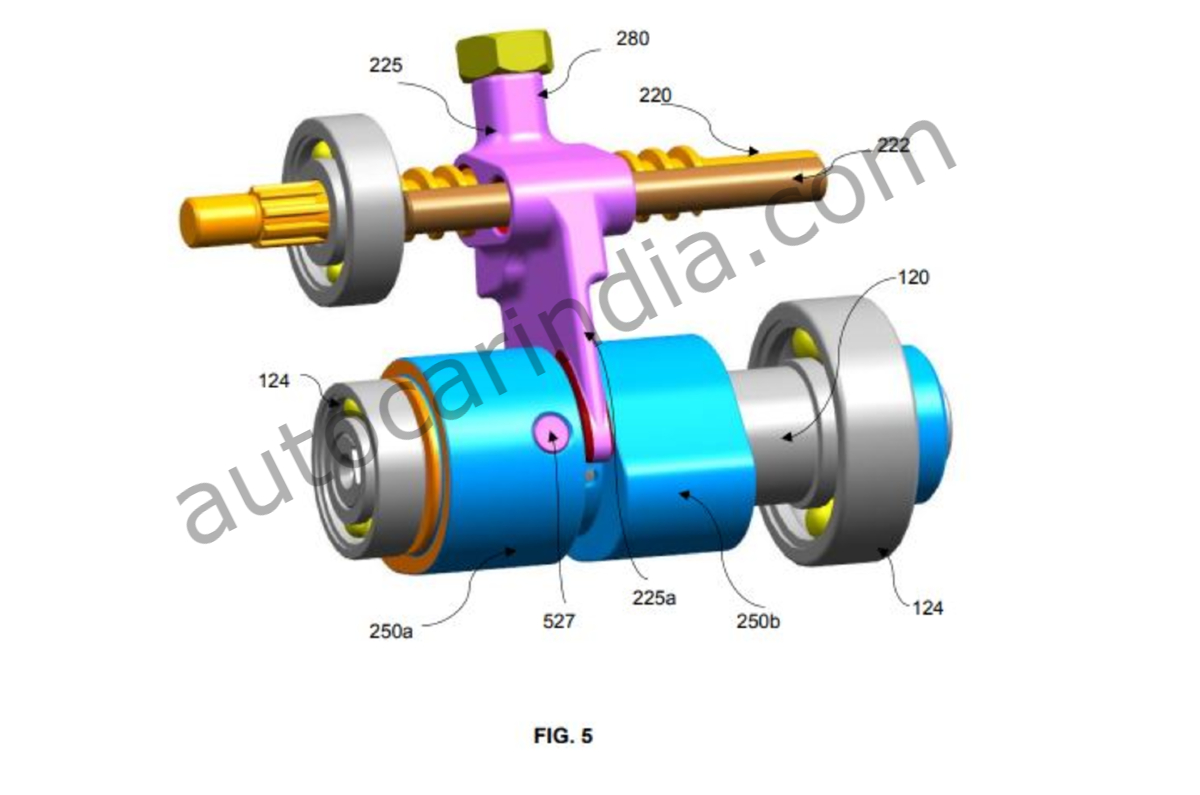
Bajaj has patented a relatively simple variable valve timing system that could be used on its upcoming engines.
- Uses a small electric motor to change valve timing
- Could debut on upcoming Pulsar 250
- Three levels of functionality
Bajaj’s venerable Pulsar line-up used to be the go-to choice for the enthusiast on a budget, but it hasn’t quite been its innovative self in recent years. That could be set to change quite soon, though, with the introduction of variable valve timing technology.
Bajaj variable valve timing: debut on Pulsar 250?
Bajaj has filed a patent for a simple variable valve timing system, and while it hasn’t specified which bike this tech will debut on, the Pulsar range seems to be the most likely candidate, specifically the upcoming Pulsar 250. The patent was actually filed back in 2019,and while there have been a number of Bajaj launches since then, none of them have been quite as significant as the next-generation of Pulsars that’s expected to debut with the new Pulsar 250.
Bajaj variable valve timing: the technology
The patent drawings show an air-cooled, two-valve engine, but the wording of the text in the application says “at least one inlet valve and one exhaust valve”. This implies that the technology could also be used on four-valve engines in the future. As for the technology itself, it aims to offer ideal fuel efficiency, power, or torque, depending on instantaneous requirements.
By changing the position of the cam lobe relative to the camshaft, the system changes the time at which the inlet and exhaust valves open and close. There are 3 positions in the drawing – one for optimal fuel efficiency, one for maximum torque and one for peak power. These three modes are likely to be used at low rpms, mid rpms and high rpms respectively.
Switching between the modes is facilitated by an electric motor (115 in the figures) that drives a lead screw (220) via a geartrain (125). The switching will most likely be handled automatically by the ECU, but there is also a chance that Bajaj will offer manual control to the rider. The relative simplicity of this system should make it fairly cost-effective, which is pretty important if it’s going to be employed on the price-sensitive Pulsar line-up.
